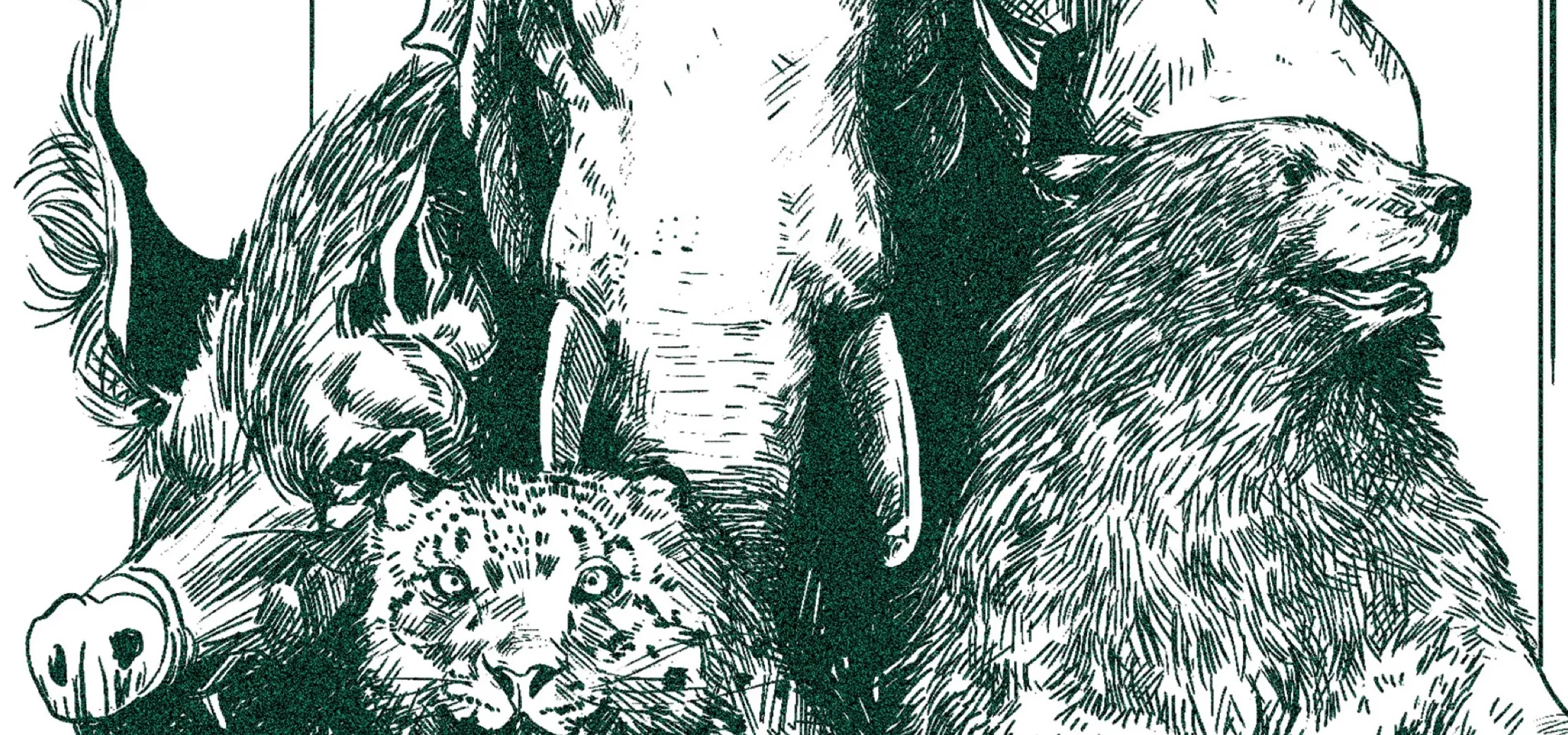Urbanization, habitat loss, and even successful conservation are leading to increased human-wildlife conflict
On the morning of May 8, 2022, six young and two adult wild boars were spotted in a residential complex in Hangzhou, Zhejiang province, some of them feasting on plants in the yards behind ground-floor apartments. It ultimately took a joint effort from the complex’s security guards, local firefighters, and the police to evacuate the boars into the woods nearby.
Hangzhou, a city of more than 10 million residents, has reported multiple wild boar sightings in populated areas in recent years, with one boar even entering a shopping mall in broad daylight. Although local media tend to portray these incidents as thrilling episodes in urban dwellers’ lives, such encounters in rural areas can have far more severe consequences. News portal Zhejiang Online reported that, in June 2019, wild boars entered pear orchards in Yunhe county in Lishui and chewed on branches and fruit, resulting in 100,000 yuan’s worth of damage.
Disruptive and sometimes deadly encounters between humans and wildlife are increasing worldwide. The Species Survival Commission (SSC) of the International Union for Conservation of Nature (IUCN) defines “human-wildlife conflict” as “when animals pose a direct and recurring threat to the livelihood or safety of people.” As they often cause humans to retaliate against and persecute the species, the SSC considers these conflicts to be “the most pressing threats to biodiversity conservation and achievement of sustainable development.”
Human-wildlife conflicts arise from various factors. For one thing, as numbers of wild prey species drop, carnivorous hunters may instead search for food among livestock. Urban sprawl, increase in human activity, and the consequent loss of animal habitats may also drive animals to come into contact with humans.
A notable example is the wandering herd of 14 elephants that migrated across Yunnan province over a 17-month period starting in spring of 2020—feasting on crops and going viral for drinking rice wine from household supplies en route. Experts suspected the herd set out in search of a new habitat. They caused over a million dollars worth of damage, according to state broadcaster CGTN, before finally returning to the jungles of southwestern Yunnan in late 2021.
Why is Human-Wildlife Conflict Increasing in China? is a story from our issue, “Public Affairs.” To read the entire issue, become a subscriber and receive the full magazine.













